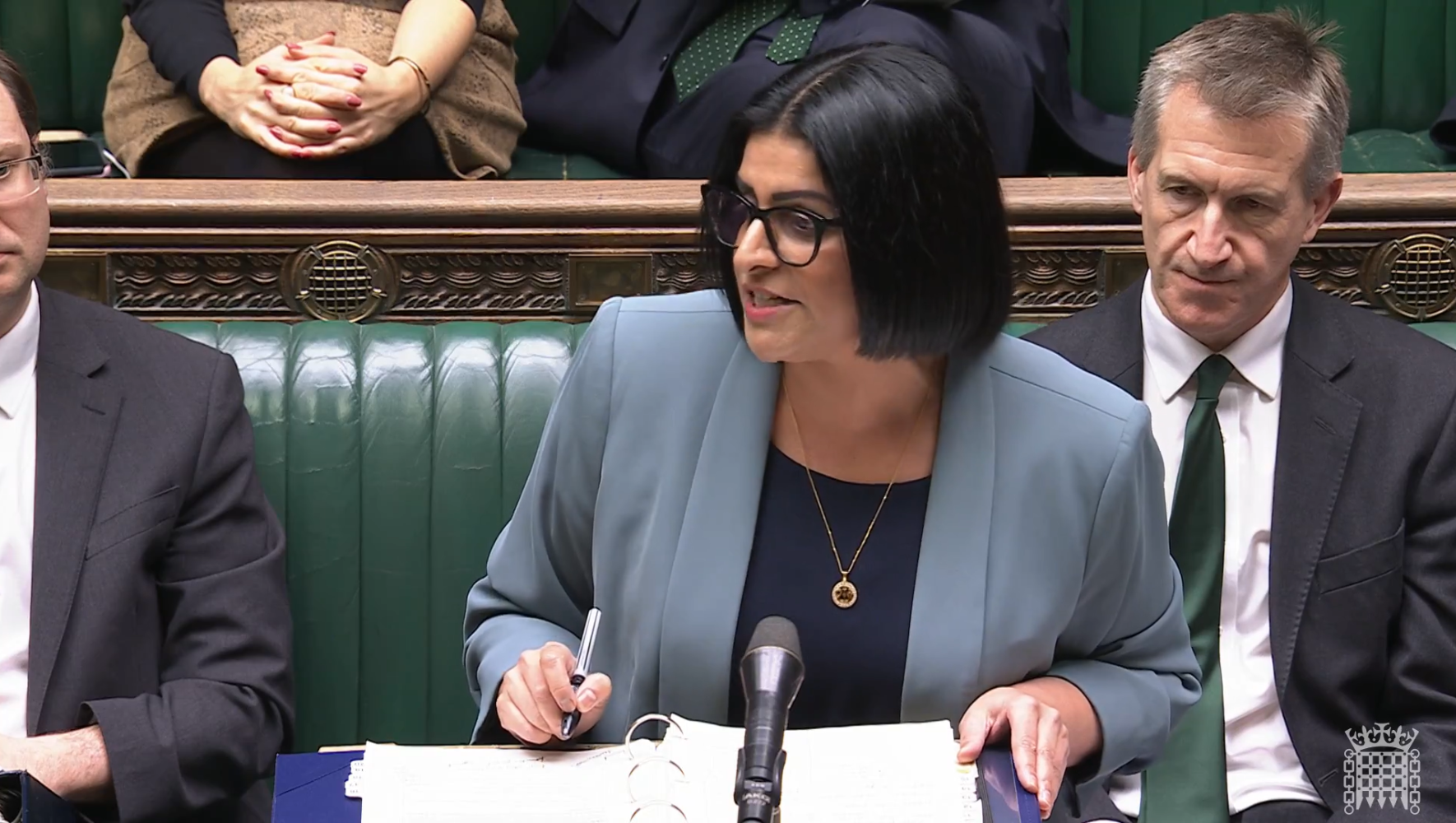
Around the world, millions of people have had to flee their homes to escape war, persecution, and other human rights violations.
But the terms used to describe displaced people can be confusing. When someone is referred to as a refugee, or a person who is seeking asylum, what does this actually mean – and what is the difference?
The global context
Sadly, the number of people worldwide who have been forcibly displaced people is than ever before.
Around the world, 43 million people are now refugees, 6 million people are seeking asylum, and 68 million people have been internally displaced.
Who is a refugee?
The 1951 Refugee Convention defines a refugee as a person who has had to flee their home country because of a ‘well-founded fear of being persecuted’ due to their race, religion, nationality, membership of a particular social group, or political opinion.
A person can receive refugee status in the UK if the government agrees that their asylum claim meets this definition. As of November 2022, UNHCR figures show that just under 250,000 refugees were living in this country.
Who is a person seeking asylum?
A person seeking asylum in the UK has fled their home country due to persecution, but has not yet received a decision on their asylum claim.
The UK’s asylum process is complex, lengthy, and often dehumanising. But despite this, the majority of people who seek asylum in this country are found to have valid claims.
Who is an Internally Displaced Person?
Internally displaced people have been forced to flee their homes, but they haven’t crossed an international border. Many people with this status are fleeing persecution, armed conflict, human rights violations, and increasingly, climate change.
More than half of all displaced people worldwide are internally displaced.



